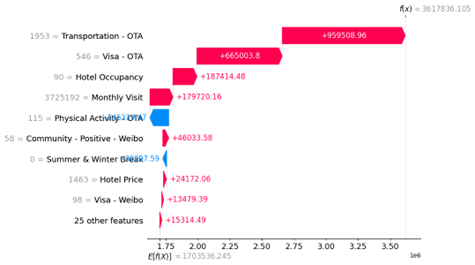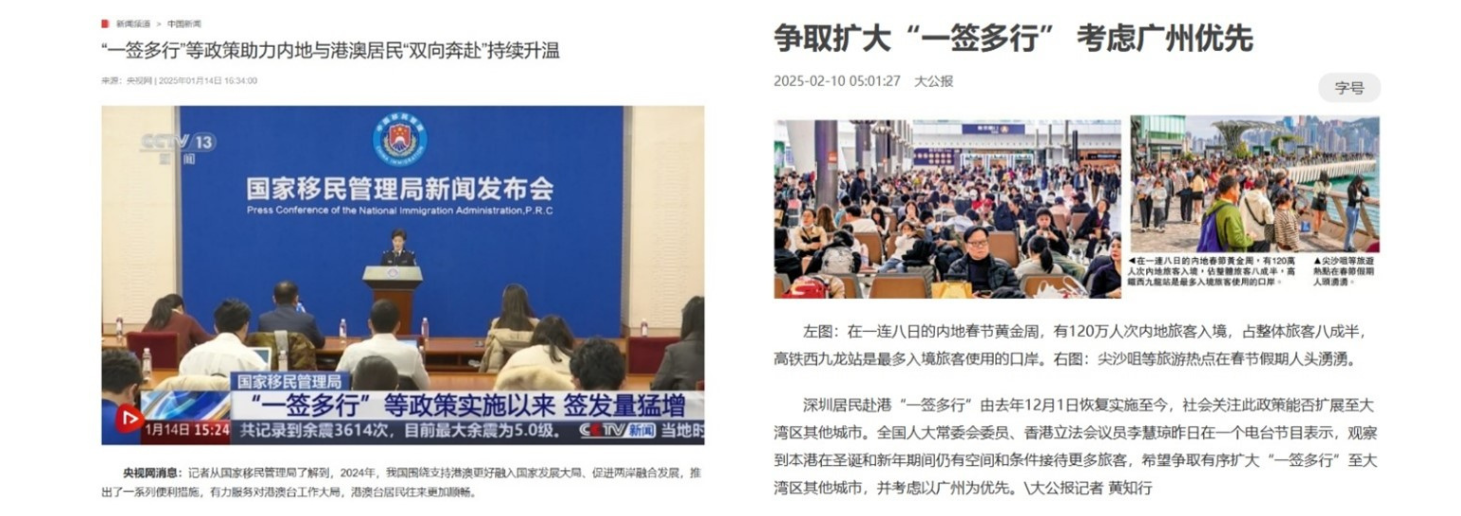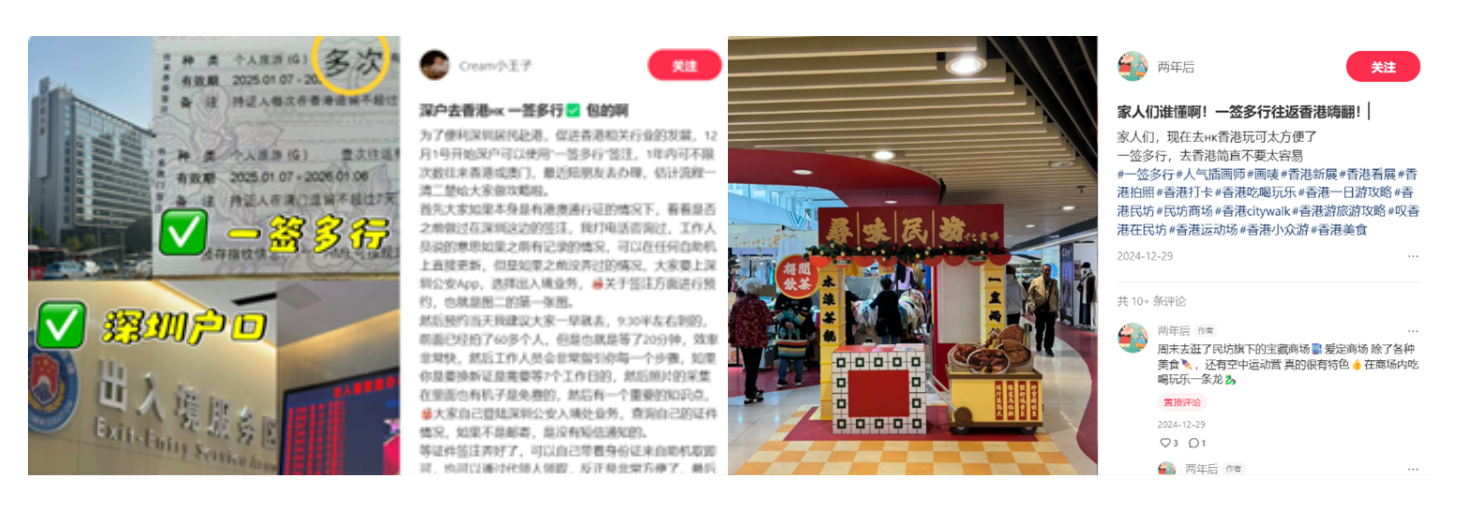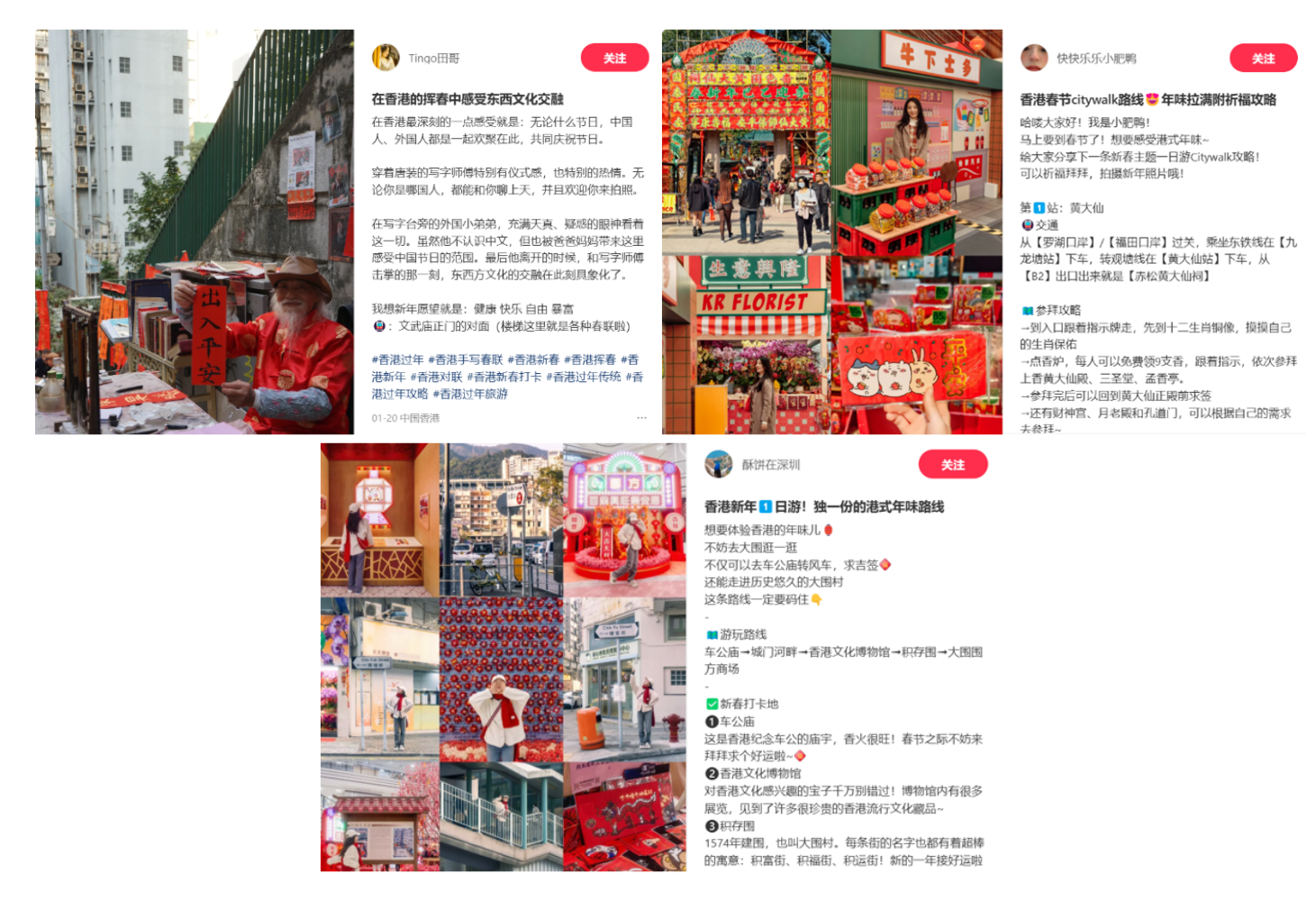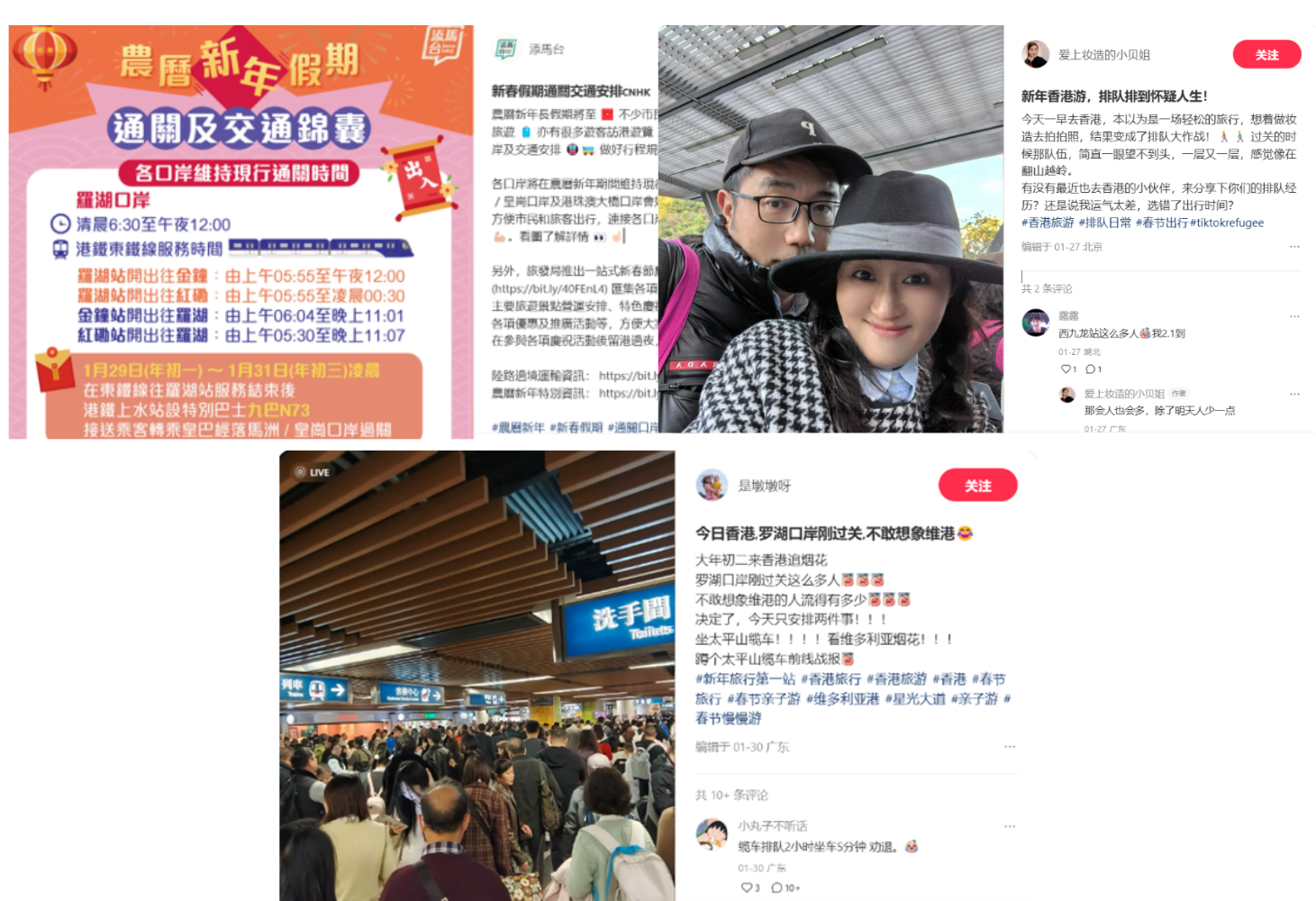According to the latest data from the Wisers Tourism Index, the number of tourists in Hong Kong is expected to rise significantly by March 2025. Among these, the Visa-OTA indicator plays a crucial role.
Since the resumption of the “Multiple-entry” Scheme for Travel to Hong Kong from Shenzhen on December 1, 2024, there has been a notable increase in mainland residents traveling to Hong Kong. Within just one month of implementing this scheme visitors from Shenzhen to Hong Kong grew by 22.3%, reflecting that this has effectively promoted “two-way engagement” between residents of Shenzhen and Hong Kong, narrowing the deficit between northbound and southbound travel. Particularly during the recent Spring Festival holiday, the number of mainland visitors to Hong Kong reached 1.2 million, accounting for 85% of total visitors. This clearly demonstrates the positive impact of simplifying and facilitating visa policies on tourist traffic.
Riding this wave of enthusiasm, Hong Kong Legislative Council member, Starry Lee Wai-king, suggested expanding the “Multiple-entry” scheme to other cities in the Greater Bay Area, anticipating that support from the Central Government for Hong Kong’s visa policies will play a key role in driving growth in the tourism sector.
On social media platforms like Xiaohongshu, many netizens enthusiastically share tips for applying for “Multiple-entry” with detailed introductions from appointment scheduling to border crossing. Some netizens also share unique travel spots they have discovered in Hong Kong since the scheme resumption. One user titled their post “Going back and forth to Hong Kong with Multiple-entry is so much fun!” sharing their experiences shopping at H.A.N.D.S. (愛定商場)and Shek Lei Shopping Centre(石籬商場) under People’s Place (民坊), stating that “it’s now so convenient to visit Hong Kong.” These sharing show that the process for visa application is straightforward and encourages Shenzhen residents to integrate quick trips to Hong Kong into their daily lives.
With the support of the “Multiple-entry” scheme, the number of visitors from mainland China during the Spring Festival holiday were high. According to a survey by the Hong Kong Tourism Board, tourists expressed a satisfaction rate of over 90% regarding dining, shopping, and sightseeing experiences. Discussions among mainland netizens about celebrating New Year in Hong Kong are highly active on Xiaohongshu, with users describing the festive atmosphere as “Hong Kong-style New Year,” expressing that they can “experience a blend of Eastern and Western cultures in Hong Kong’s festive celebrations.” Additionally, many netizens share their own “Spring Festival city walk routes,” introducing cultural experiences such as visiting temples for blessings, watching fireworks, and going to museums. As city walks gradually become a main activity for mainland travelers visiting Hong Kong—along with an increased interest in locations with a distinct “Hong Kong style”—the street scenes, cultural customs, and blended atmosphere of a Hong Kong-style New Year may have replaced shopping as a primary attraction during the Spring Festival.
In terms of border crossings, most mainland visitors use the High Speed Rail West Kowloon Station for entry, followed by Lok Ma Chau. On Xiaohongshu, the Hong Kong government has also published border crossing times on its official account “Tamar Talk,”(添馬台)while many netizens share crossing tips and real-time updates on queue conditions at various control points. Although in 2024 the government extended operating hours at Lo Wu and Shenzhen Bay Control Points during the Spring Festival holiday, this year no such extension was made. Consequently, many netizens reported long wait times and heavy foot traffic at crossings; some even expressed feelings of despair while waiting in line and remarked on how crowded Victoria Harbour must be. For upcoming long holidays like the Golden Week(五一黃金週), it would be beneficial for the HKSAR government to negotiate with Shenzhen authorities again to extend some control point operating hours, or establish a real-time reporting mechanism for border traffic conditions to help travelers better plan their trips. Cross-border transport operators such as High Speed Rail and direct buses could also consider offering off-peak discounts to help alleviate peak traffic times.
In summary, the “Multiple-entry” Scheme is expected to significantly drive growth in tourist numbers in Hong Kong by March 2025. The HKSAR government should strengthen collaboration with Shenzhen in promoting information about applying for this visa on mainland platforms, and improve border crossing arrangements during long holidays or set up real-time reporting mechanisms for border traffic conditions. Cross-border transports like High Speed Rail and direct buses could also consider offering off-peak discounts to better cope with upcoming Golden Week travel demands.

